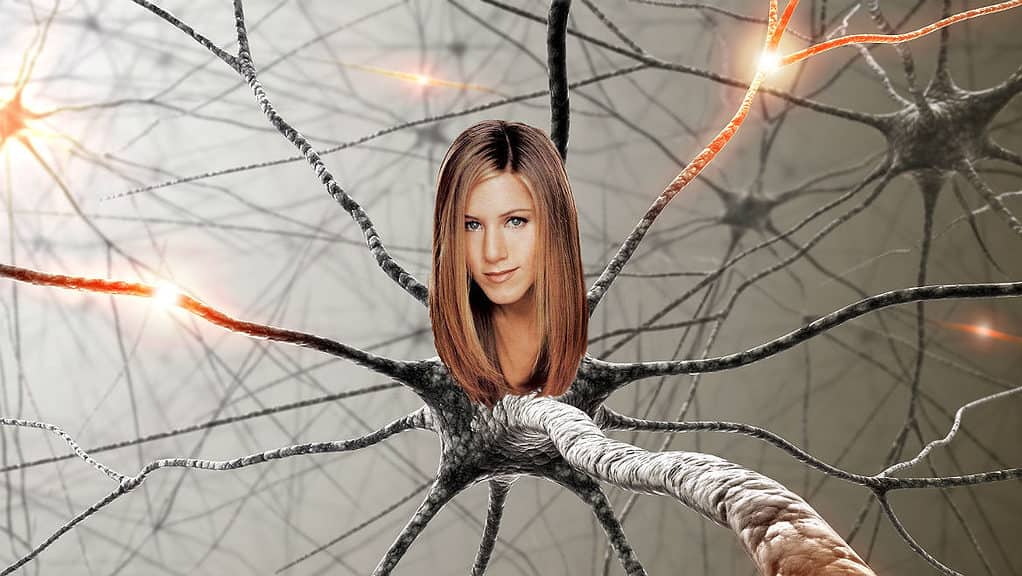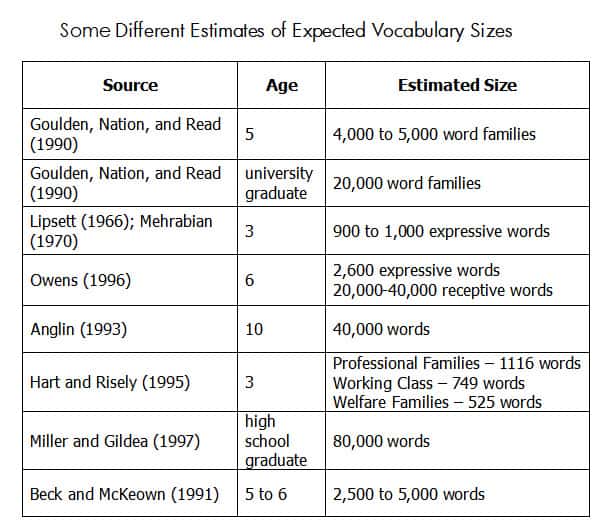9 Powerful Tips To Untap Your Memory’s Potential Using Rhymes

Did you know that Mark Twain used to memorize a lot of stuff thanks to (silly) rhymes? Well, now you know. And it’s the best recommendation and reason why you should do it as well. Actually, I should finish this article right now!
Ok, small rant first. So many people complain that learning is a drag. Do you know why learning is painful? Because it’s no fun. And it really does baffle me. As a society, we seem to place a high value on humor and wittiness.
Yet, almost everyone seems to ignore it when it comes to learning! A peculiar paradox I might say.
What about you? Are you guilty as well? Probably.
The chance is that you were stripped of the need to have fun while learning by the soulless system of education. But good news everyone! With some intentional effort, you can get it back!
First, let’s take a look at what you can use rhymes for:
Untap Your Memory’s Potential Using Rhymes
Here is one of the hundreds of rhymes I’ve used to learn vocabulary.
поэтому что всегда заявка когда ты звезда
на вес золота моя поездка
(because there’s always an order when you’re a star
my trip (ride) is worth its weight in gold)
le manque d’air sur (la) marche d’un escalier
(lack of air, on the step of stairs)
You see my friend how terrible my rhymes are. You might even feel sorry for me right now but I’m going to high-five myself anyway for this fine piece of art!
USE RHYMES TO MEMORIZE (FUN) FACTS
It’s one of the rhymes which I’ve used to memorize what Cecilia Payne became famous for.
Cecilia Payne doesn’t need mars
cause she discovered composition of stars
USE RHYMES TO MEMORIZE DATES
The Spanish Armada met its fate in fifteen hundred and eighty-eight
If I’m not mistaken this was actual rhyme used by Mark Twain
And of course, these are just a few of hundreds of possible application of rhymes. With a little bit of creativity, you can memorize anything this way.
SO WHY WOULD YOU DO IT?
For better recall
If you still recall alphabet by singing ABC Song then you KNOW how powerful rhymes (and melody) can be. No need to be ashamed, you’re not alone. We’re strong in numbers.
But don’t take my word for it. Look around to find some real-life examples. What would you remember better – a bunch of some unrelated words liar, pants and fire or a powerful rhyme: liar, liar pants on fire!
Because it’s fun!
You can basically come up with any silly rhymes you want. There is no judging. You don’t have to show them to anyone!
Learning must go through your emotional filter in order to be processed effectively. That’s why emotional memory is a critical component for the learning process.
When you have fun, your brain not only learns faster but also keeps you more interested in what you learn. Thus, increasing your attention span.
To save time
Sure, rhyming some words might seem time-consuming. And I guess it in comparison with mindless cramming. But in the long run, you can actually save a lot of time.
I can guarantee you that there’ll be many situations when you memorize some words after rhyming them and you won’t have to review them ever again! They will be etched in your memory.
For experimentations’ sake
Come on, you’re basically talking to yourself right now reading this. Writing some kick-ass rhymes won’t harm your respect in the ‘hood! Who knows, maybe you’ll develop some mad rap skills as a bonus after some time?!
So why not try it just to see if it’s a good fit for you?
HOW TO DO IT?
I know. These are just simple rhymes. Nothing too fancy. Regardless of that, it’s worth taking these tips into consideration.
1) don’t be afraid and let go of any inhibitions
I rhyme frequently about stuff which I’m not comfortable with sharing. And that’s perfectly ok.
2) start small
Regardless of what you want to memorize, you don’t have to start creating lengthy poems in order to do this. Choose two or three pieces of information and bind them with some nice rhyme.
Once you feel comfortable using rhymes, you can start writing entire poems to memorize bigger chunks of knowledge.
3) add them to Anki
Adding such rhymes to Anki will increase your recall even further.
It’s like using gauntlet instead of a fist to make your brain understand that YOU MUST learn it by heart.
4) use emotions
Do you remember one of the rules from my mnemonics course? Involve emotions, make your rhymes disgusting or funny. Just to give you an embarrassing example -I disliked my ex-boss.
That’s why I have a short rhyme involving words (ugh) “blade” and “anal insertion” in Russian, and his name. Result: some chuckling and a powerful recall rate of a couple of words.
5) choose a melody from some song (karaoke YT version) and sing your rhymes
6) rhymes can include vocabulary from many languages
Rhymes don’t have to consist only of the vocabulary from the target language, mix it with some words from your native language. For example:
It’s not easy to borrar (Spanish – erase), when yo’re a handsome rock star
7) brag about it
Read your rhymes to others, if you feel comfortable with it. It will make the information even more memorable.
8) choose your style
What’s your style? Do you want to write limericks or maybe like Dr. Seuss?
I’m not a fan of rap so I prefer (actually LOVE) cheesy rock lyrics and rhymes. And that’s basically how my rhymes sound – cheap and cheesy. But if you prefer something more sophisticated e.g. Eminem’s lyrics, go for it. Try to imitate them. Or simply copy them, throw away some word and insert your own!
BONUS TIP: And remember – you are not allowed under any circumstances to call your friends homies!
9) what’s most important – have fun
Because that’s the point!

















